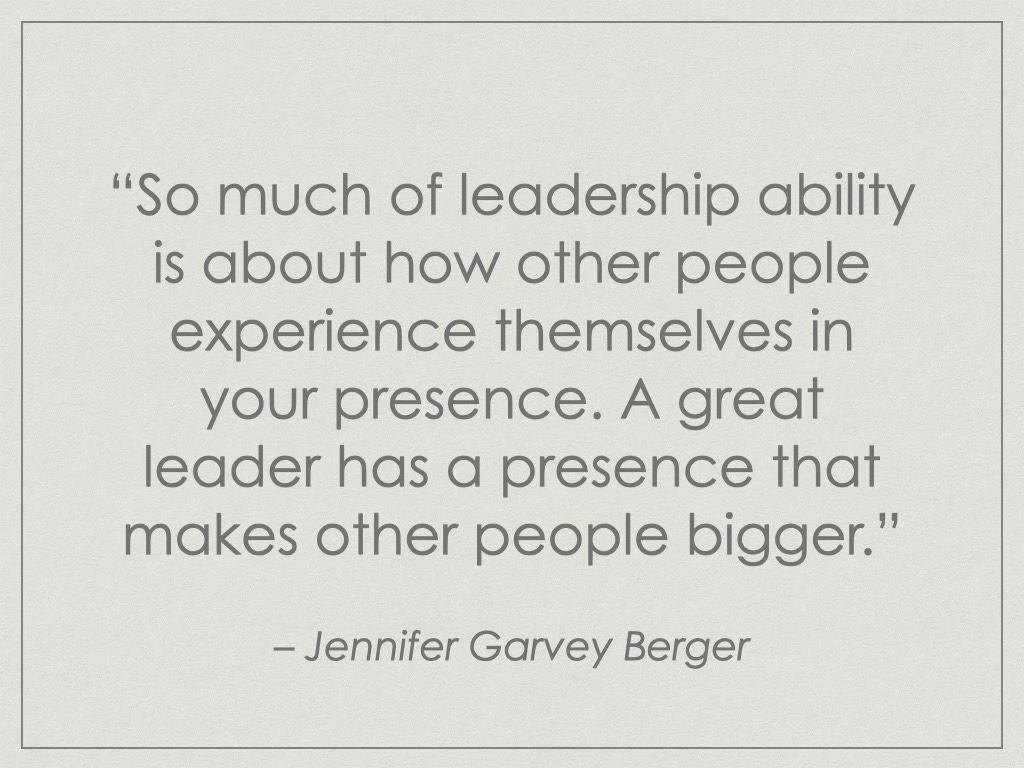Numbers vs. Feelings (part 2)
Talking to players about stats
This is an adaptation of the presentation of the same name. Here’s a link to the original 2018 AVCA presentation. Much of the structure of this talk is drawn from the work of Douglas Stone and Sheila Heen in their book Thanks for the Feedback. Their earlier work, Difficult Conversations, covers similar topics. I highly recommend both.
The most important outcome of the three conversations I laid out in part one is shared vision. You get shared vision when you do the work of understanding the stats, your story about them, and the player’s story about them. But the work has to be done, shared vision doesn’t just happen. The good news about the work is that you don’t have to coddle players. Instead, you have to listen, learn, respond, and teach.
Once you understand that you and the players are having different conversations with the stats, you can start working to understand what their conversation sounds like. Understanding a player’s conversation with the stats actually starts with admitting you don’t know what that conversation actually sounds like. That’s what the image above is intended to remind you of. When you begin the conversation between you and a player, the work is to get them to share what they’re thinking and feeling because of what the stats told them.
There are many different ways to conduct the conversation but an important part of any of those ways is to discuss what you’re thinking and feeling because of what the stats told you. You’re only talking about your thoughts and feelings, you’re not bringing up any of your plans. Shared vision doesn’t mean you share with the player what course of action you’re imposing on them. You’re setting up the chance to address both people’s concerns instead of just yours. You’re teaching them how to collaborate with you.
Then, just as you expected the player to listen and take in your perspective, you need to listen and absorb what they say. This is important because their thoughts and feelings are going to give you clues about where they’re coming from. It’s a good idea to start with assurances that you won’t be judging either their performances or their feelings during your discussion. You can ask open-ended questions about things like what they think can change and what they think might be blocking them from changing.
As you move through what you’re both thinking, you can bring the conversation back to what the stats are saying. When you move back to the stats, it’s important to make a clear distinction between evaluation of their performance and judgement of it. You’ve worked hard together to lessen the fear and anxiety that often come up around judgement. Remember, it’s not just your judgement the player is dealing with, their own judgement is affecting them too. Judgement from either of you can foul up your conversation. The goal is not to eliminate judgement (as much as you’d like to), the goal is to address what judgement does to perceptions. This opens the way to move closer to evaluation and to common ground.
As the conversation continues, it’s important to check your understanding of their thoughts. Rephrase what they said and invite them to spot areas where your rephrasing could use more clarification and context. Make connections between what they’re thinking and what you’re thinking. Suggest plans and ideas that incorporate thoughts from both of you. That’s how you build shared vision, by taking the space that used to have negative thoughts and emotions and filling it with understanding and intention. The end result should be something that both of you feel you’ve contributed to and both of you believe can be worked on together.
Moving through the three conversations isn’t a one-time thing. You have to go to work on the shared vision you’ve created. That means more performing, more trying things, and more stats. That means more chances for judgement, but it’s much easier to move past judgement to evaluation when there’s a clear plan for improvement. With shared vision, the stats now provide feedback about progress towards that vision for the future. Players are much more likely to evaluate performances if they see the stats being used to improve what they are doing in practice and competition. If their performance is inadequate in some ways, it’s inadequate compared to something they’re working towards and not just inadequate compared to some nebulous idea of who they should be.
Players feel more free to evaluate rather than judge when the stats are used as a means of measuring their progress. “Progress” infers that all three conversations keep going. “Progress” demonstrates that the stats aren’t the last word, they’re actually a starting point for discussion and learning. Even though learning isn’t a linear process, you can still use stats to draw a clear path between where players currently are and where they’re trying to go. Then you can use stats to describe how players might progress towards their goals. And since development isn’t linear, you can remind them that the stats will be uneven too. And that’s okay.
As players are working towards their goals and using stats to monitor their progress, you can also help them connect their individual performance to the their team’s performance. It can be helpful to see how small changes in their individual performances can add up to large changes for the team as a whole. You can also help reduce the pressure and anxiety they may feel by showing them how different levels of performance in one area can be absorbed by or passed on to another area to the team’s performance. For instance, if the team isn’t scoring as many points as usual via attacking in a particular set, you can show them how serving and defending a little bit better can pick up the missing points.
Given how much work it can be to build shared vision, you may ask if it’s worth it. To convince yourself, take some time to consider the consequences of avoiding that work. It is easier to just tell players what the stats mean, settling all discussions before they even begin. But one consequence of scuttling all discussion is the limitation of what players are capable of thinking, doing, and being. If a goal of your coaching is to help players develop, give them ways to develop more than just their physical traits.
By exchanging shared vision for a single vision, you shift the focus from the players and the team to you. When you are the only one interpreting what the stats mean, the players have one, very limited, view of success. This makes the stats a source of external motivation only, as players chase numbers that will validate their status and make you happy. This is a great way to help players develop avoidant habits and fixed mindsets. They become less interested in improving because the stats will tell them if they already are or are not good enough.
So, yes, it’s neater and easier to skip shared vision but you’d be missing opportunities to foster intrinsic motivations, approach behaviors, and growth mindsets in players. So, yes, it’s neater and easier, but does that make it better?
On the other hand, committing to this work, challenging as it may seem at first, gives players a voice. By asking them questions and actively listening to their responses, you help them feel more autonomous, competent, and connected, the three cornerstones of Self Determination Theory. You make conversations with them worth their energy and attention. These things ultimately increase their motivation and their engagement. That sounds tougher, but definitely better.
Why should you do the work of creating shared vision? The leadership expert, Jennifer Garvey Berger, said it best. If you consider yourself to be a leader, then being better means doing things that help those you lead feel bigger. Shared vision, built around stats, is a way to do exactly that.
Psychiatrist Stuart Ablon’s work on collaborative problem solving, as discussed in a recent Hidden Brain podcast (Reframing the Battle of Wills on 10/27/25), largely overlaps with Stone and Heen’s ideas I’m presenting here. I recommend checking out his work as well.






